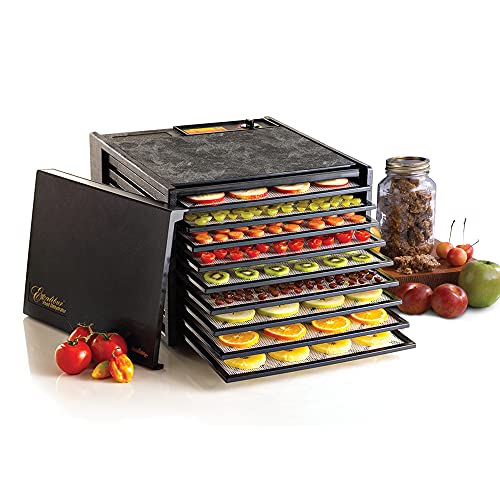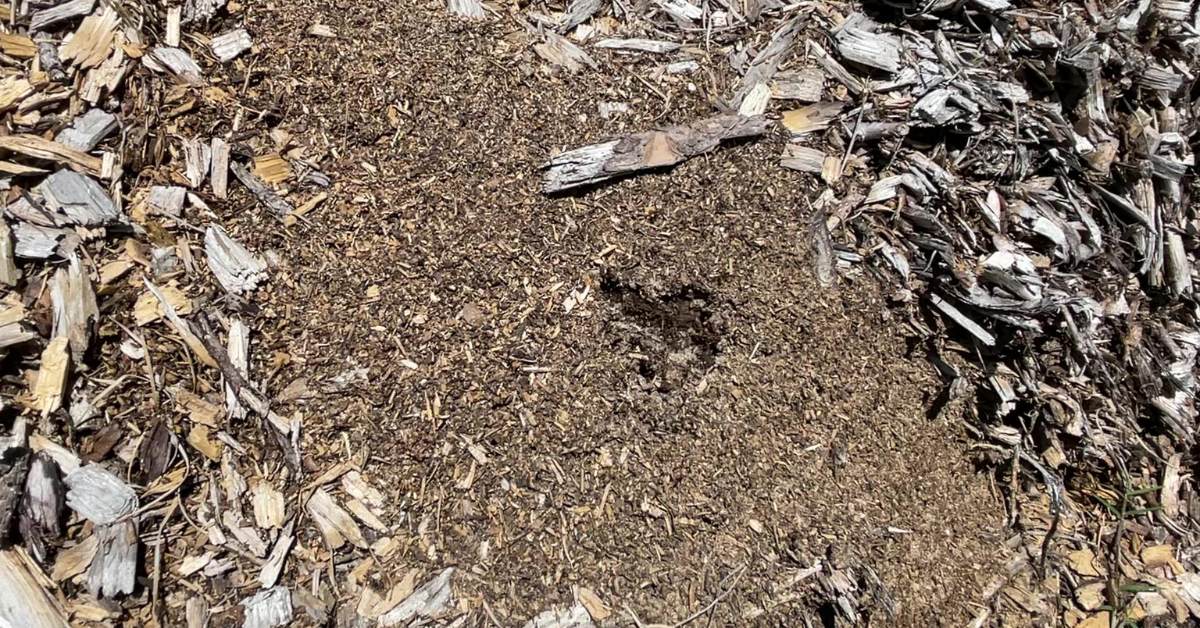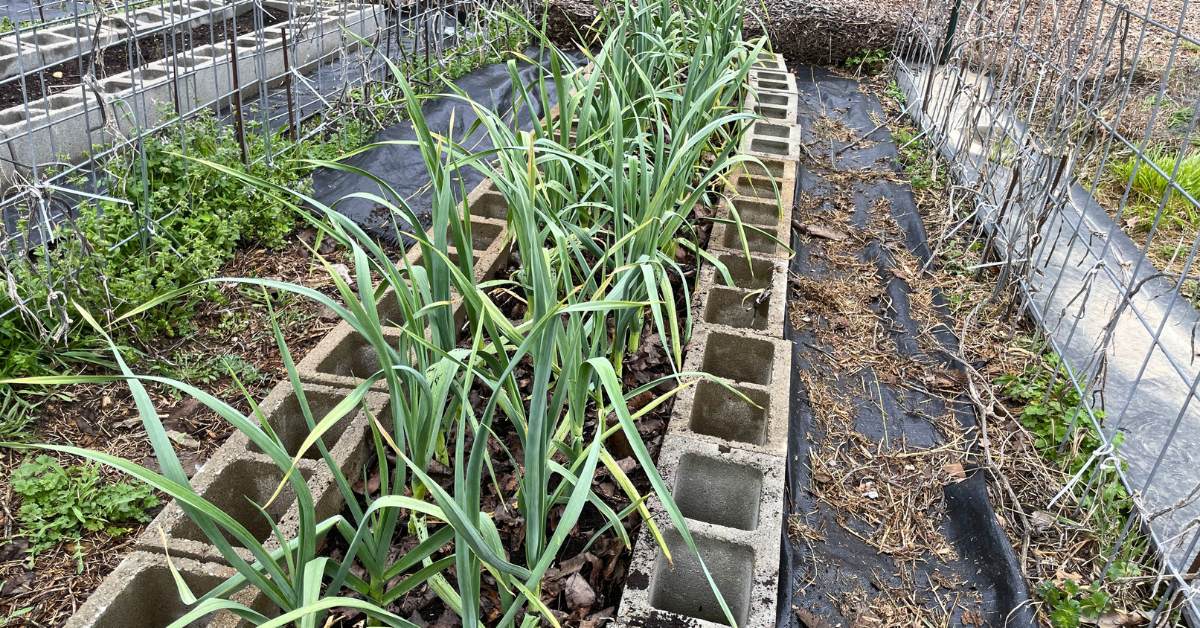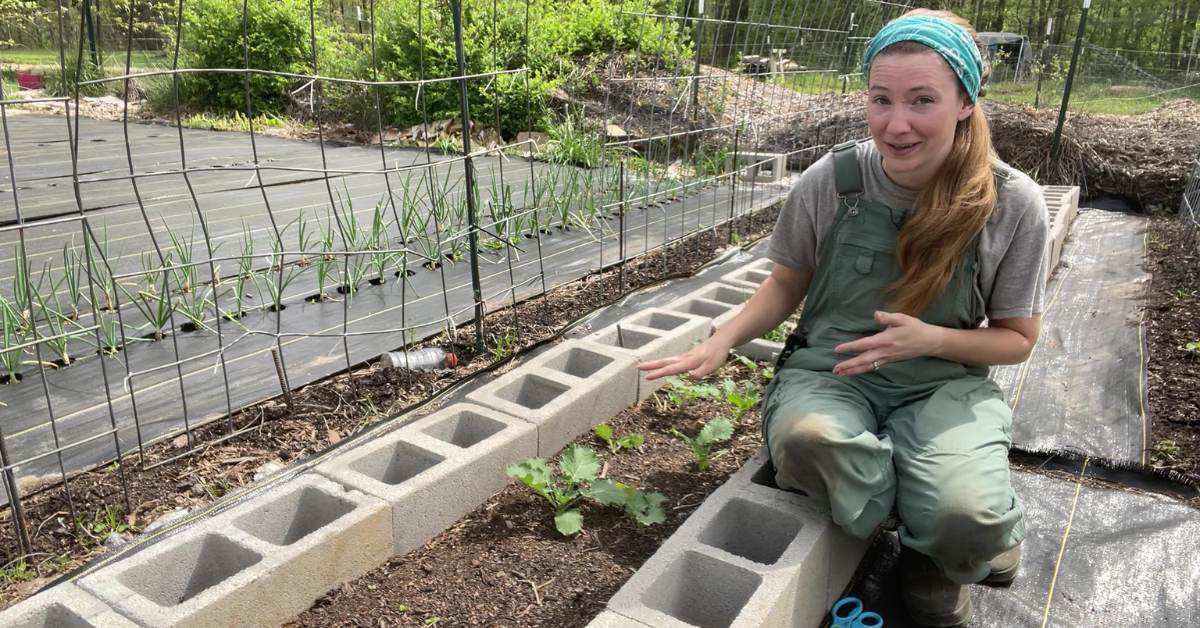Oh, tomato powder. How I adore thee.
I’m a little sad that it took me 31 years to discover the amazing potential of powdered tomatoes. Now that I have, it will always have a place in my pantry.
Imagine one powder that can replace tomato sauce, tomato paste, and juice. That’s what tomato powder can do for you!
Why Tomato Powder?
By far, the biggest benefit of making tomato powder is how high versatile it is. It can be used in a wide range of recipes, including soups, stews, sauces, dips, dressings, and marinades.
For more details, check out this post on ways to use tomato powder.
Plus, dehydrating naturally concentrates the flavor of tomatoes, and the powder retains the rich umami flavor of tomatoes.
Another key benefit of tomato powder is its long shelf life. Unlike fresh tomatoes that spoil quickly, tomato powder can be stored for an extended period, up to two years, when stored in an airtight container. This allows for off-season use when fresh tomatoes are not readily available (and not as flavorful).
Gear You’ll Need to Make Homemade Tomato Powder
If you’re a tomato-lover wanting to preserve the flavors of the season, making your own tomato powder is a must.
Here’s what you’ll need to make your own tomato powder at home:
Dehydrator
While you can use an oven to dry tomatoes, a food dehydrator is the best option. It will help preserve the nutrients and flavor of tomatoes, while helping you avoid burning them in the oven.
You don’t need anything fancy for this job—any model will do. We love our Excalibur 5 or 9 tray:
Prices pulled from the Amazon Product Advertising API on:
Product prices and availability are accurate as of the date/time indicated and are subject to change. Any price and availability information displayed on [relevant Amazon Site(s), as applicable] at the time of purchase will apply to the purchase of this product.
Food Processor or Coffee Grinder
Next, you’ll need something to grind the dried tomatoes into powder. A food processor or high-powered blender works best, but if you’re on a budget, an inexpensive coffee grinder will do the trick.
If you already have a Vitamix blender, invest in the Dry Container. You won’t regret it. Check your local marketplace groups or eBay for some good deals. You can also order new here:
Prices pulled from the Amazon Product Advertising API on:
Product prices and availability are accurate as of the date/time indicated and are subject to change. Any price and availability information displayed on [relevant Amazon Site(s), as applicable] at the time of purchase will apply to the purchase of this product.
If you don’t have a Vitamix, and want the finest powder possible, use a coffee grinder. They’re designed specifically to pulverize coffee beans into a fine powder, resulting in a consistent and evenly ground product.
Prices pulled from the Amazon Product Advertising API on:
Product prices and availability are accurate as of the date/time indicated and are subject to change. Any price and availability information displayed on [relevant Amazon Site(s), as applicable] at the time of purchase will apply to the purchase of this product.
It excels in creating a fine texture that is ideal for making smooth sauces, soups, or finely ground spices. However, it falls short in terms of its capacity to yield larger pieces, as its primary function lies in creating the finest results.
On the other hand, a food processor can handle a larger volume at one time. The only caveat is that you’ll probably have a few non-ground chunks of dried tomato in your final product.
Fresh Tomatoes
Not all tomatoes are created equal. For powdering, you want a meaty tomato—not an extra juicy one.
For instance, Beefsteak tomatoes are large and juicy, but they have a high water content, which prolongs the drying time required to make tomato powder.
On the other hand, Roma tomatoes are known for their firm texture and low water content, making them a great candidate for tomato powder. They are highly prized for their robust flavor and meaty flesh, which results in a concentrated powder that is perfect for adding depth to soups, sauces, and stews.
San Marzano is a type of tomato in the Roma family that’s especially tasty and makes a flavorful tomato powder.
Cherry tomatoes are another great option for dehydrating as they tend to be more meaty.
Airtight Containers
When it comes to preserving the quality and taste of powdered tomatoes, airtight containers are a must-have.
With powders, especially, you need to prevent moisture from reaching them. By keeping ground tomato powder in an airtight environment, the risk of residual moisture accumulation is greatly reduced, thereby extending their shelf life.
FREE FOOD STORAGE PLAN!
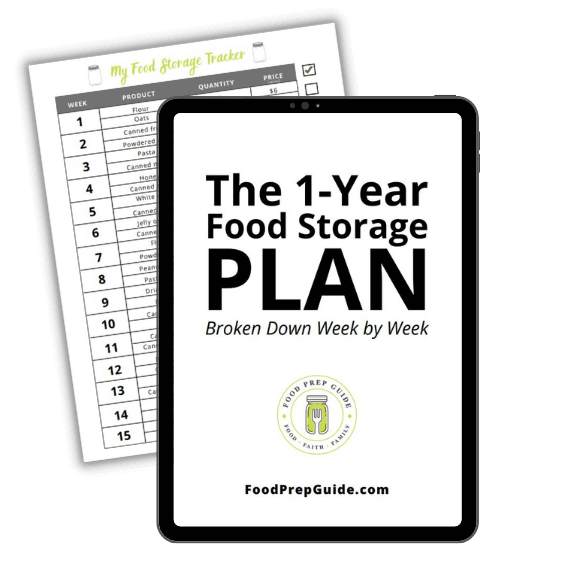
Does gathering and storing a year’s worth of food for your family seem overwhelming and unachievable?
Make it easy with our step-by-step plan. Subscribe to our weekly newsletter & we’ll send it to you FREE!
The lack of exposure to air also minimizes the chances of bacterial growth, further enhancing the longevity of your dried tomatoes.
I prefer to use Mason jars because it allows me to vacuum seal them using this attachment and a brake bleeder pump:
Prices pulled from the Amazon Product Advertising API on:
Product prices and availability are accurate as of the date/time indicated and are subject to change. Any price and availability information displayed on [relevant Amazon Site(s), as applicable] at the time of purchase will apply to the purchase of this product.
Prices pulled from the Amazon Product Advertising API on:
Product prices and availability are accurate as of the date/time indicated and are subject to change. Any price and availability information displayed on [relevant Amazon Site(s), as applicable] at the time of purchase will apply to the purchase of this product.
How to Dehydrate Tomatoes for Powdering
Start by selecting the best tomato varieties. Paste tomatoes, such as Roma or San Marzano, are ideal for your tomato powder recipe due to their thick flesh and fewer seeds, which makes the dehydration process more efficient.
Begin by washing ripe tomatoes and removing any blemishes or tough stems.
If you are sensitive to solanine—a naturally occurring chemical found in tomato skins and other nightshade vegetables—you might want to remove the skins.
To remove the tomato skins, blanch the tomatoes in boiling water for a few seconds, then transfer them to an ice bath. The skin should easily peel off.
However, for most people, removing the skin is an unnecessary step in the tomato drying process.
In fact, if you’re not sensitive to solanine, tomato powder is an excellent way to make use of those leftover tomato skins from canning projects!
Slice the tomatoes into uniform pieces, approximately 1/4 inch thick, to ensure even drying. Alternatively, if you’re using cherry tomatoes, slice them in half. If you’re working with larger tomatoes, it’s fine to quarter them.
Place the tomato slices on dehydrator trays, ensuring enough space between them for air circulation.
(If you need to use an oven, place sliced tomatoes on a baking sheet. You may want to line the sheet with parchment paper for easy clean-up.)
Next, set the dehydrator to a temperature of around 125°F (52°C). To preserve as many nutrients as possible, dry at the lowest temperature (and just know that it will take longer to be done).
Dehydrate the tomatoes until they are completely dry and brittle, which can take anywhere from 8-12 hours for paste tomatoes.
However, non-paste tomatoes may require an additional 2 to 45 hours due to their higher water content. If using water-heavy tomatoes, considering cutting your tomato slices even thinner.
Once the tomatoes are fully dehydrated, allow them to cool completely. Before grinding them, I like to crush the slices over a bowl to create smaller tomato flakes.
Next step is to turn them into a powder using a food processor, blender., or coffee grinder.
Store the tomato powder in an airtight container in a cool, dry place, and it will remain flavorful for a year or more.
Ways to Use Tomato Powder
It would almost be easier to list the ways I don’t use tomato powder because it can go in just about anything.
Also, pro tip:
Just add water & you have instant tomato sauce! For one cup of tomato powder, add about a cup of water. Add less water, and you have homemade tomato paste! It only takes a couple tablespoons of tomato powder to make the same amount of paste you get in those tiny jars at the store.
Watch me make all this and more in the video below:
Here are five ways to use tomato powder in your everyday cooking:
1. Seasoning: Dehydrated tomato powder can be used as a seasoning to enhance the flavor of your favorite dishes. Sprinkle it over roasted vegetables, popcorn, or even salads for an extra oomph.
2. Soup or Juice: Tomato powder can be reconstituted with hot water to create tomato soup or juice in an instant. Simply dissolve it in a liquid of your choice, adjust the consistency to your liking, and enjoy the rich tomato flavor.
3. Dry Rub: Create a flavorful dry rub by combining tomato powder with spices and herbs. This mixture is perfect for marinating and grilling meats, adding a zesty kick to chicken, beef, or even tofu.
4. Tomato Sauce or Pizza Sauce: Tomato powder is an excellent addition to homemade pizza sauces. Mix it with garlic powder, oregano, basil, and olive oil to create a rich and tangy sauce that will elevate your pizza game. You can even use just the tomato powder with a little water to form a tomato paste—and use that as your pizza sauce!
5. Spaghetti: Add tomato powder to your spaghetti sauce for an intense tomato flavor. This way, you can easily control the consistency of the sauce by adjusting the amount of powder added, transforming your spaghetti into a delicious and hearty meal.
Using homemade tomato powder is not only convenient, it also enhances the taste and color of your dishes. Enjoy!



